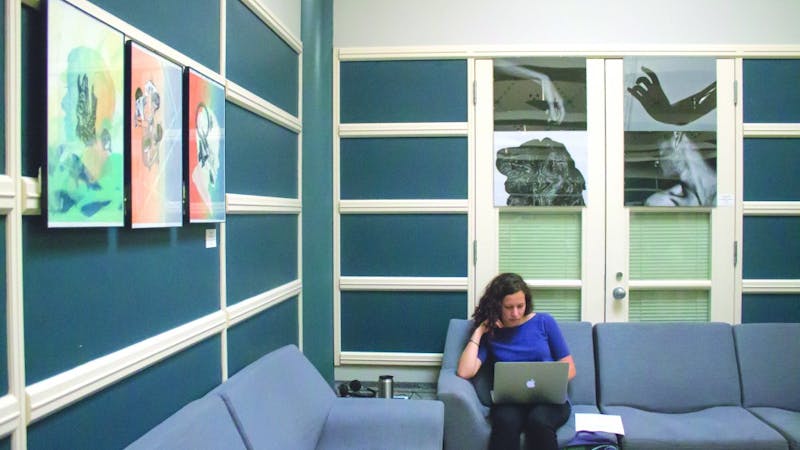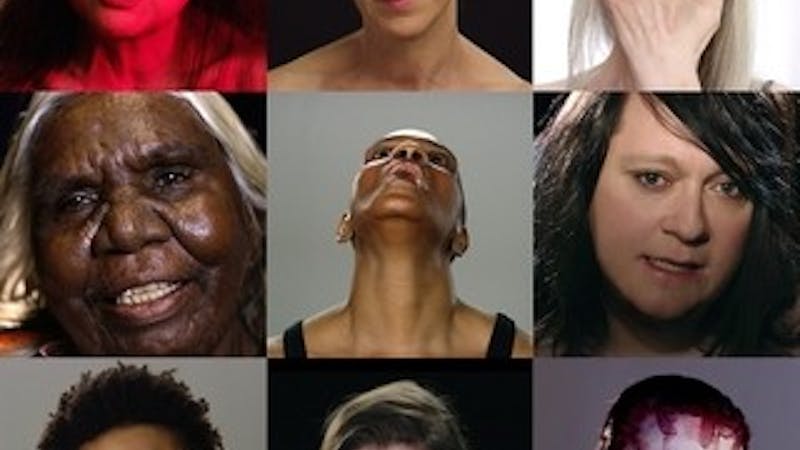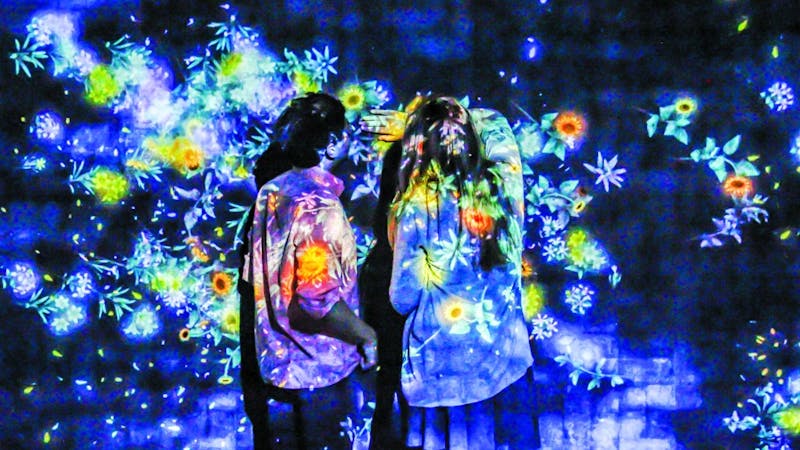
Of Montreal’s album ‘White is Relic/Irrealis Mood’ is a failed experiment
Released earlier this month, “White is Relic/Irrealis Mood,” is of Montreal’s 15th studio album, and while it certainly isn’t stale, it isn’t exactly good.

Released earlier this month, “White is Relic/Irrealis Mood,” is of Montreal’s 15th studio album, and while it certainly isn’t stale, it isn’t exactly good.

The sheer mass of the sculpture alone has greatly altered the treed path that passes by Sewall and Rayzor Halls.

This semester, Coffeehouse aims to bring you art beyond your latte with the expansion of performance series “Espresso Yourself.”

Supporting the arts on campus isn’t as simple as decorating light poles.

After almost three years standing between Anderson Hall and Fondren Library, Rice University’s first and only student-created public art installation, “Soundworm,” was removed in early August.

After 20 years at the head of a collaborative music group, Antony and the Johnsons, ANOHNI (formerly known as Antony) released her first solo album in May 2016.

Two weeks after the Moody Center for the Arts’ opening celebration, the center’s planned inaugural performance of the visual and dramatic arts theater department’s production “Proof” was relocated to Hamman Hall instead. This development comes amid greater concern from several VADA students and a faculty member that the center may not serve their needs.

For 22 years, the Rice Gallery has been a crown jewel for the arts at Rice. This semester will see the space’s final exhibition before the Gallery’s closure and apparent absorption into the Moody Center for the Arts, and that’s a move I can’t help but mourn. Unique in its format for a university exhibition space, the large-scale, site-specific installations that graced the ground floor of Sewall Hall had a special effect.

The Speak Up Project marked its second iteration with an entirely new cohort of monologues from Rice community members about their experiences of sexual assault and violence on March 25.

The Rice Gallery’s last installation, “Intersections,” used only a cube and light bulb to fill a blank, white room with transient shadows.